Beware those who declare simple solutions to complex problems.
After three grands prix in the 2025 season won from pole position, and a processional race in Japan held in conditions of tactical stalemate, an idea has taken root in the F1 paddock that this state of affairs could easily be resolved by imposing a minimum number of pitstops – that figure, of course, to be greater than one.
There is precedent. At the Qatar GP in 2023, the FIA and Pirelli set a maximum stint length, in effect making it a minimum three-stop race, and in February this year the World Motor Sport Council ratified a minimum of two stops at Monaco, come rain or shine.
But these were responses to specific circumstances. In Qatar the tyres were being damaged by running over the kerbs, and specifying a stint length of 18 laps was a sticking-plaster solution for safety reasons.
Monaco and overtaking – or lack thereof – have been the subject of endless pontification over the years. It was tricky enough for those in the early years, grunting around in pendulous leviathans that only had brakes on the front axle, actuated by tugging on a stick. Last year sentiment arrived at a tipping point owing to an early red flag, which gave all the runners a ‘free’ pitstop, pretty much inking in the order until the end.
Race action
Photo by: Steve Etherington / Motorsport Images
While the results of the Monaco experiment are yet to be seen, that Qatar race provided a few data points. Even though Max Verstappen won from pole, the race was deemed a success by the opinionati.
All through that season the sensitivity of Pirelli’s tyres to thermal degradation – losing performance quickly when pushed too hard, particularly in hot conditions – had been blamed for a lack of overtaking. And, to an extent, Red Bull’s dominance.
Qatar was the first grand prix where drivers had been able to push hard throughout a stint because each one was so short. On the face of it, this is exactly what drivers had been asking for – an end to races dictated by tyre management – and many of their bosses agreed.
“I’d like to have more races like Qatar where you just go flat out,” said Mercedes team principal Toto Wolff at the end of the season. Though we should perhaps qualify this sentiment by reminding readers that Verstappen won the world championship in Qatar, rendering the following five races (including a triple-header and a double-header) an exhausting procession of dead rubbers.
Whenever anyone holds up a specific race as an exemplar it should set off the alarm bells, for it was the unusual circumstances of the 2010 Canadian Grand Prix that dictated what we have today. Back then, Bridgestone’s ability to produce tyres you could push all day was perceived as the villain of the piece, and the topsy-turvy weekend in Montreal demonstrated what could happen if degradation came into play.
Lewis Hamilton, McLaren MP4/25
Photo by: Sutton Images
“All races should be like this,” commanded F1 ‘ringmaster’ Bernie Ecclestone, Pirelli duly delivered on brief, and here we are – with drivers endlessly moaning about degradation and wanting tyres they can push on all race. It must be dizzying to pivot by 180 degrees so often while trying to satisfy unmet needs.
While mandating a specific number of pitstops appeals through its simplicity, it comes freighted with unforeseen consequences and is a very coarse way of trying to provoke changes in the running order. It is akin to the player of a board game attempting to change a losing trajectory by throwing the pieces in the air to see where they land.
Given similar car performance, overtaking is always going to be fraught with difficulty – which is why teams are naturally inclined to guard track position by minimising the number of stops they make. There’s also the possibility of pitcrew errors. Forcing the teams to make more stops certainly increases the probability of stops not going according to plan, but this is a crude lever to pull.
Having a prescribed number of stops is also likely to reduce strategic variation rather than promote it, since Pirelli has been obediently and industriously trying to reduce thermal degradation and the effects of heat stress on its tyres.
Thermal degradation is a factor of core temperature over long stints and is different to the phenomenon of losing performance from corner to corner because the driver has caused the surface temperature to ‘spike’ by provoking the car into slides. This is why so many are now happy to be in Bahrain, where thermal management, formerly the bogey factor, is now highly desirable in the context of the Japanese procession.
In Qatar in 2023 there was a fair amount of strategic variation – Verstappen and George Russell on the front row started on used mediums, Lewis Hamilton in third on softs – but the key influences on this were the tyres available and the potential for the newly laid track surface to induce graining on fresh tyres. In any case the Mercedes drivers collided with each other at the first corner, rendering the point moot.
Max Verstappen, Red Bull Racing leads at the start
Photo by: Red Bull Content Pool
Also, at that time there was a bigger step in performance between Pirelli’s C1 and C2 tyres – the hard and medium – and the C1’s tendency to require several laps to reach the right temperature window had a big influence on strategy. This year, as directed, Pirelli has narrowed the gap between those compounds.
To create overtaking opportunities and engineer the commercial rights holder’s desired ‘peak end effect’ – a cognitive bias where spectators tend to rate a race’s overall excitement according to the events of the last few laps – the tyre performance has to be more differentiated. This helps to create the kind of races where drivers making two stops have enough performance in hand to chase down and pass those making one.
“It’s a bit of a mess, if you ask me,” was Carlos Sainz’s verdict on the matter in the pre-Bahrain press conference. “What creates overtaking, in my opinion, is to have a delta [performance differential] to the car in front.”
This was perhaps the frankest admission so far by a current F1 driver that they had been given what they wanted and now, after Suzuka, they were complaining about it. Sure, there were extenuating circumstances – colder than expected ambients, a new surface on part of the track that reduced the requirements for managing tyres there. But without the supposedly hated degradation there were no opportunities to pass.
Sainz also pointed out the inherent weakness of imposing a minimum number of pitstops.
“If you go with the three hardest compounds on a track like Suzuka, for example, you’ll have flat-out racing with the three compounds, and pitstop laps always more or less the same – we all stopped on one lap,” he said. “I think you will not get a tyre delta or an overtaking delta.
Lando Norris, McLaren, Oscar Piastri, McLaren, Max Verstappen, Red Bull Racing
Photo by: Andy Hone / Motorsport Images
“So for me it’s more about trying to make sure the race is always between a one- and a two-stop, because like that you will have teams trying to do one-stops with high degradation and other teams running faster on a two-stop to try and overtake and make it to the flag.”
The question is whether Pirelli can engineer this. At the moment there is little room to manoeuvre because the tyre compounds have been established for the year. The manufacturer can adjust the allocation for specific races, but this cannot be done on the fly because the tyres are shipped by sea to reduce F1’s carbon footprint.
“What we can do, it’s just working on the tyre compounds allocation,” said Pirelli’s Simone Berra when asked by Motorsport.com what could be done to engineer scenarios where the choice between one and two stops is more nuanced. “To try to, let’s say, change a little bit the situation.
“Obviously it’s also difficult for us to predict the weather – for example in Suzuka we had low temperatures, but another year we could have higher. Maybe even 15 degrees higher.
“And this has a big influence on tyre performance and degradation, as we’ve seen here in Bahrain. Obviously, when we try to reduce the overheating and thermal degradation, following the comments from drivers, then we could end up with conservative tyres – especially at the beginning of this season with a new range which appears too conservative.
“That’s why, for example, we’ve decided to be a little bit less conservative for the next races, starting from Jeddah. We have four races in a row where we’re going one step softer than last year, to make things – let’s say – a little more difficult for the teams, but even more interesting for the show.
“We’re working on it – it’s important to collect all the feedback, not only for the allocation for the second part of the season, but also the development we’re going to have in the coming weeks for the new compounds for 2026.”
As ever, it’s a case of being careful what you wish for.



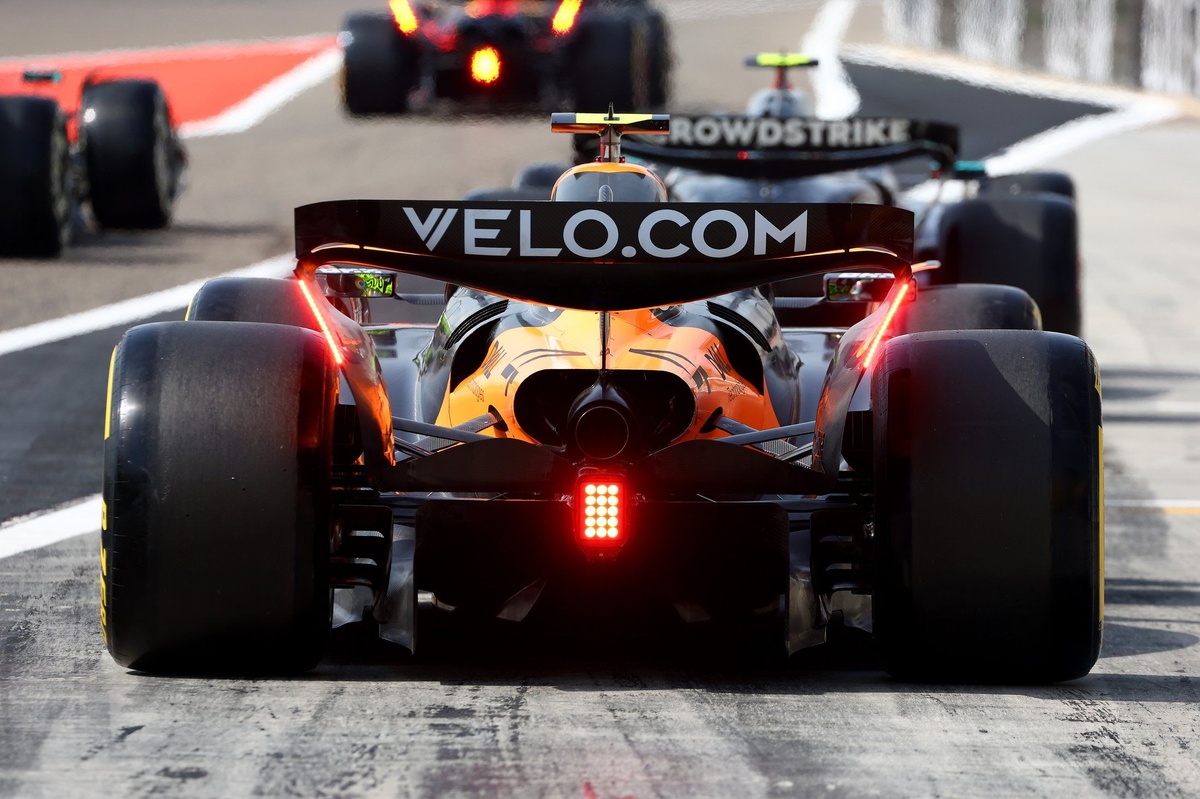
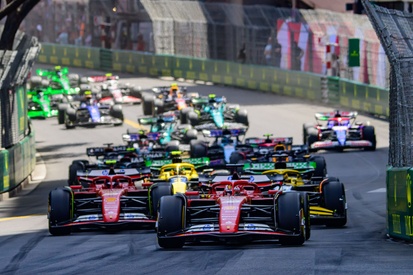
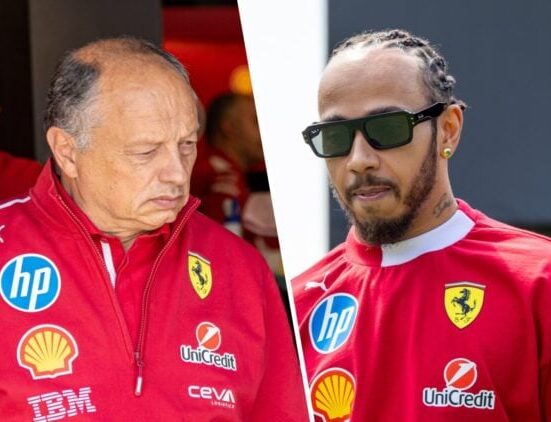
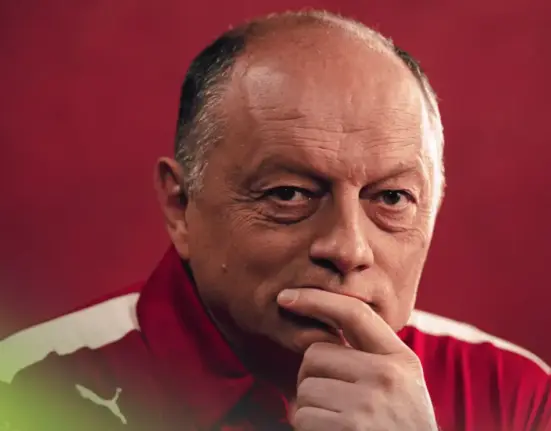

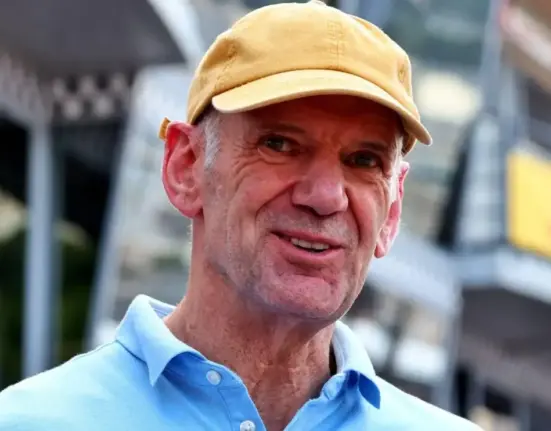
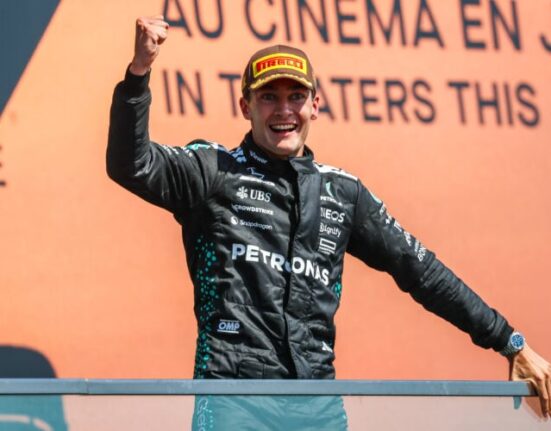

Leave feedback about this